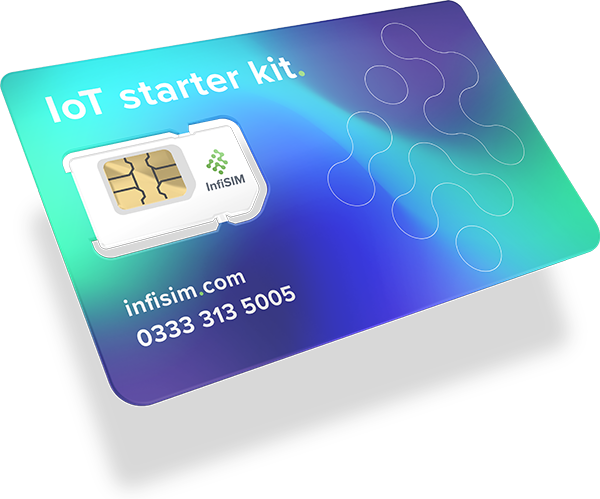The future of finance.
IoT in banking & financial services
IoT in financial services is the future of banking
The Internet of Things (IoT) has been a game changer in many industries, and banking is no exception. IoT has the potential to revolutionise the way financial services are delivered and received, making them faster, more efficient, and even more secure. IoT is transforming the banking sector and helping banks stay ahead of the curve in an increasingly competitive marketplace.
What is IoT in banking?
IoT in banking refers to the use of connected devices and sensors to gather data and provide insights into customer behaviour and preferences. By leveraging this data, banks can offer personalised and convenient services, improve operations, and enhance security. IoT devices in banking include ATMs, mobile banking apps, wearable devices, and even smart home systems, among others.
Benefits of IoT in banking
IoT applications in financial services
Challenges of IoT in finance
Despite its numerous benefits, the implementation of IoT in banking also poses several challenges and considerations, including:
Our thoughts
IoT has the potential to revolutionise the banking sector by providing faster, more efficient, and secure financial services. By leveraging IoT devices and systems, banks can gather valuable data on customer behaviour and preferences, allowing them to offer personalised and convenient services. However, banks must also consider the challenges and considerations associated with the implementation of IoT, such as cost, data privacy and security, and interoperability. By carefully navigating these challenges, banks can reap the benefits of IoT and stay ahead of the curve in an increasingly competitive marketplace.
FAQs
Every IoT project is different.
Start your free trial today
If you’re looking to deploy M2M SIM cards into your asset monitoring systems, we can help get you connected. Contact our fantastic UK-based customer support team for more information about our leading IoT connectivity solutions and to arrange a free trial.
